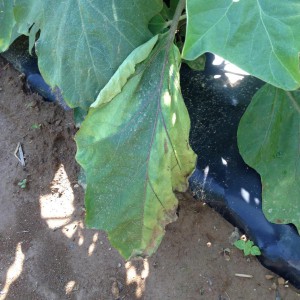Location
Good Work Farm
4791 Rock Road
Zionsville, PA 18092Date: August 6, 2015 from 4 to 7 pm
4:00 PM Farm Tour
4:45 PM Scouting and Identification Exercise
5:45 PM Disease Management and Discussion
6:30 PM DinnerRegistration
This field day is part of the Introduction to Organic Vegetable Production series. No pre-registration is required. Walk-in to join us. $10 walk-in fee covers dinner and materials.
Penn State Extension is offering An Introduction to Organic Vegetable Production Field Day focusing on plant disease scouting, identification, and management on the evening of August 6th at Good Work Farm in Zionsville, PA located about an hour north of Philadelphia. For more information see Organic Vegetable Production Field Day.




